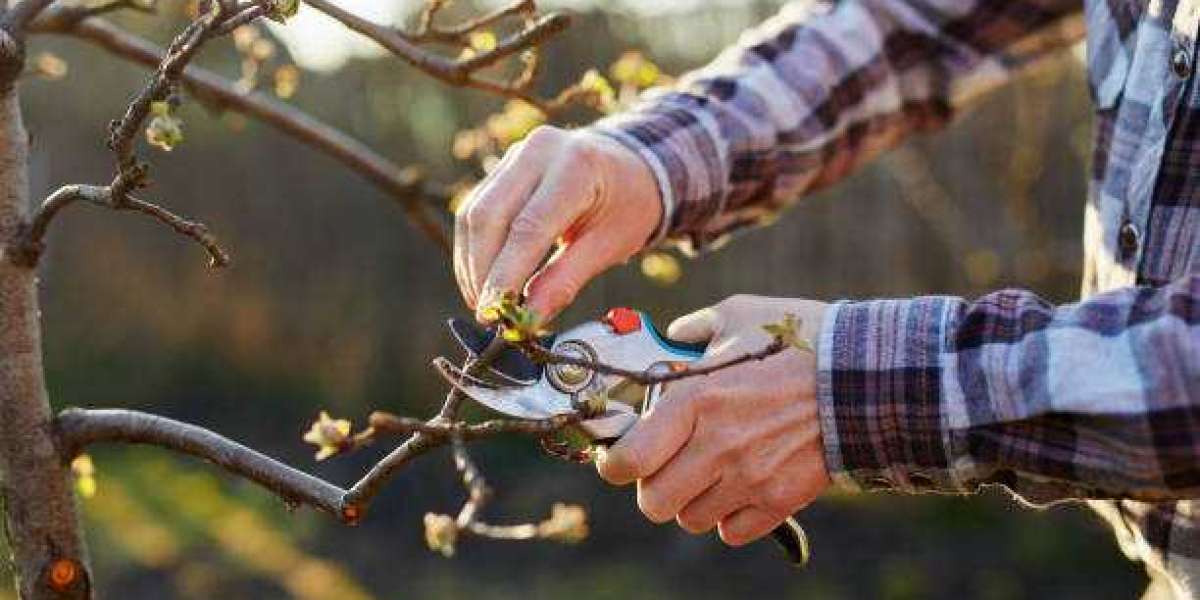Tree pruning is an essential aspect of maintaining the health, safety, and aesthetics of trees. Whether you’re a homeowner wanting to enhance the beauty of your landscape or a property manager ensuring safety, understanding best tree pruning in Rochester NY can make a significant difference. This guide explores the techniques, benefits, and frequently asked questions about tree pruning.
What is Tree Pruning?
Tree pruning is the process of selectively removing certain branches or parts of a tree. This practice promotes healthy growth, improves structure, and eliminates potential hazards. Unlike tree trimming, which focuses on aesthetics, pruning emphasizes the overall well-being of the tree.
Benefits of Tree Pruning
Proper tree pruning offers a variety of benefits, including:
- Improved Tree Health: Removing diseased or infested branches prevents the spread of infections.
- Enhanced Growth: Encouraging new growth by eliminating deadwood.
- Safety: Prevents falling branches that could harm people or property.
- Aesthetic Appeal: Shapes trees to fit the landscape design.
- Sunlight Optimization: Allows sunlight to penetrate through the branches to the ground below.
Common Tree Pruning Techniques
Different methods of tree pruning are used depending on the tree's needs:
- Crown Thinning: Removes excess branches to reduce weight and improve air circulation.
- Crown Raising: Lifts the lower branches to clear pathways or driveways.
- Dead Pruning: Removes dead, diseased, or decayed branches.
- Crown Reduction: Reduces the size of the tree's canopy.
Best Time for Tree Pruning
The ideal time to prune trees varies depending on the species:
- Deciduous Trees: Late winter or early spring before new growth begins.
- Evergreen Trees: Late spring or early summer.
- Fruit Trees: During their dormant period to enhance fruit production.
Avoid pruning during extreme heat or cold to prevent undue stress on the tree.
Tools Needed for Effective Tree Pruning
Having the right tools ensures safety and efficiency:
- Pruning Shears: For small branches and twigs.
- Lopping Shears: For thicker branches up to 2 inches in diameter.
- Pruning Saws: For larger branches.
- Pole Pruners: For hard-to-reach branches.
- Gloves and Safety Gear: Protects hands and ensures safety during pruning.
DIY vs. Professional Tree Pruning
While minor pruning can be done by homeowners, larger or more complex jobs often require professional assistance.
- DIY Pruning: Best for small branches and routine maintenance.
- Professional Services: Necessary for tall trees, hazardous branches, or complicated pruning needs. Professionals ensure precision and safety, reducing risks to both the tree and surrounding property.
Common Mistakes to Avoid in Tree Pruning
Pruning incorrectly can harm your tree. Watch out for these mistakes:
- Over-Pruning: Removes too much foliage, weakening the tree.
- Improper Cuts: Can lead to infections and decay.
- Ignoring Safety Measures: Poses risks to both the pruner and the tree.
- Pruning at the Wrong Time: Stresses the tree and disrupts its growth cycle.
How to Prune for Tree Longevity
To ensure your tree thrives for years to come:
- Always cut at the branch collar to facilitate healing.
- Use sharp, clean tools to avoid tearing or spreading diseases.
- Remove crossing or rubbing branches that might cause damage over time.
- Regularly inspect trees for signs of disease or structural issues.
Environmental Impact of Tree Pruning
Pruning doesn't just benefit trees—it also positively impacts the environment:
- Encourages biodiversity by fostering healthy ecosystems.
- Enhances air quality as pruned trees grow stronger and absorb more CO₂.
- Reduces the risk of falling branches, preventing damage to other plants and wildlife.
FAQs
Q1. Why is tree pruning necessary?
Tree pruning is essential to promote healthy growth, ensure safety, and improve the appearance of trees.
Q2. Can I prune trees year-round?
While minor pruning can be done year-round, the best time depends on the tree species, typically during their dormant period.
Q3. How often should trees be pruned?
Most trees benefit from pruning every 3–5 years. Younger trees may require more frequent pruning to shape their growth.
Q4. Is tree pruning safe for the tree?
Yes, when done correctly, pruning enhances the tree's health and structure. Incorrect pruning, however, can cause harm.
Summary
By understanding the principles and techniques of tree pruning, you can ensure your trees remain healthy, safe, and visually appealing. Whether you choose to prune yourself or hire a professional, regular maintenance is key to enjoying vibrant and thriving trees for years to come.











